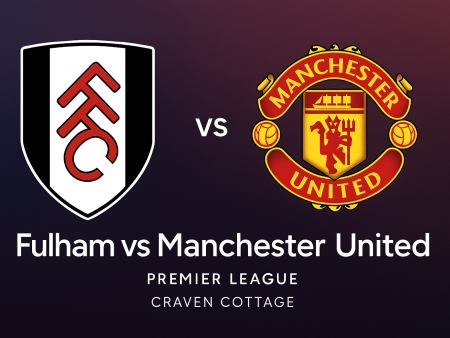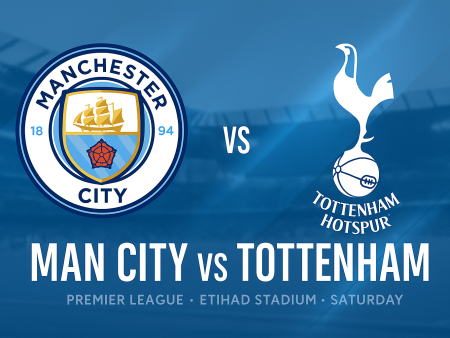Southampton’s Attacking Transitions: A Tactical Breakdown Across the Pitch
Southampton are enjoying a resurgence in the Premier League thanks to their dynamic counter-attacking style and tactical flexibility. After a sluggish start, Ralph Hasenhuttl’s team has gained momentum, taking points off some of the league’s top contenders, including Manchester City, Tottenham Hotspur, and Manchester United. Central to this turnaround is the Saints’ organized and progressive approach to attacking transitions, which redefines their offensive threat based on different areas of the field.
The Structural Foundation: 4-2-2-2 to 4-4-2 Flexibility
Southampton typically line up with a 4-2-2-2 system, shifting to a 4-4-2 shape when out of possession. This formation enables their strikers to remain high and ready for quick transitions, while allowing Hasenhuttl to introduce nuanced changes depending on the phase of play and match context. The coach utilizes positional automatisms—pre-defined movements repeated until they become second nature—to adapt his team’s transitions based on the field zone and opposition setup. As a result, Southampton’s attacking strategy transforms significantly between defensive, middle, and final thirds.
Building Attacks from the Defensive Third
When regaining possession near their own goal, Southampton focus on stretching the pitch and establishing width. Fullbacks position themselves wider to offer outlets, while attacks may begin through two primary methods:
– Quick, long passes into the half-spaces for fast forwards like Armando Broja or Che Adams to chase.
– Direct dribbling from ball-carrying midfielders such as Oriol Romeu or Mohammed Elyounoussi, who can drive forward and break opposition lines.
This approach balances conservatism with ambition, ensuring the ball is advanced without compromising defensive cover.
Midfield Rotations and Vertical Progression
In the central zone, the Saints’ transitions become more intricate. Wide midfielders shift inside, creating overloads in the middle and morphing into auxiliary playmakers. Simultaneously, fullbacks advance along the flanks, stretching the opposition and providing passing angles for progression. The central midfielders often hold slightly deeper positions to maintain the team’s defensive structure in the event possession is lost.
Southampton employ a blend of tactics in this part of the pitch:
– Direct, lofted balls behind an opponent’s high defensive line to exploit space quickly.
– Short, vertical combinations—such as bounce passes and positional rotations—to progress through the lines.
– Fluid positional interchanges to disrupt defensive marking and create gaps.
Final Third: Creating Chances with Precision
Closer to goal, the strategy shifts from directness to rapid, close-knit combinations designed to quickly manufacture shooting opportunities. Long passes become less viable, so the team focuses on:
– Tight link-ups between attackers and overlapping fullbacks.
– Quick interplay in congested areas, forcing defensive disorganization.
– Fullbacks advancing to the byline, dragging defenders wide and opening central spaces for attackers.
Southampton may adopt shapes that transition from a 2-4-4 (two defenders, four midfielders, four attackers) to configurations like 2-2-4-2 or 2-2-2-4, depending on player movements and game circumstances.
Visual Progression of Southampton’s Attack
| Defensive Third | Middle Third | Final Third |
|---|---|---|
Key Tactical Outcomes of Southampton’s Attacking Transitions
Southampton’s tailored approach to each phase delivers several advantages:
– High Positioning of Strikers: The front pairing consistently stays in threatening areas, either stretching the defense with runs behind or acting as targets for crosses. This positioning occupies defenders and serves as a focal point for the team’s transitions and final-third play.
– Creative Rotations Unlock Space: By utilizing wide midfielders as dual playmakers, Southampton compensate for any lack of traditional creative force. This frees up fullbacks to overlap and join attacks, increasing width and unpredictability—mitigating a common limitation in standard 4-4-2 systems.
– Adaptive Shapes for Passing Fluidity: While often described as using square or box-shapes in midfield, the reality is more dynamic. The use of rhombus formations enables quick support on the ball side and balanced coverage away from the ball—facilitating rapid, angled passing and improving overall possession quality.
Lessons for Coaches and Analysts
Southampton’s development under Hasenhuttl highlights the importance of tailoring attacking transitions to different zones of the pitch rather than applying a single model across all phases. This granular approach accounts for starting positions, available space, and opposition tendencies, ensuring that every regain of possession is an opportunity to create high-quality chances.
For coaches, this method underscores the need to differentiate between phases when designing a tactical framework. By planning distinct transition principles for the defensive, midfield, and attacking thirds, teams can capitalize on their strengths and exploit the weaknesses of their opponents.
Conclusion
The Saints’ resurgence in the Premier League is no accident. Through structured positional play, pre-planned rotations, and smart attacking transitions, Southampton have crafted a style that is effective across all thirds of the pitch. Their adaptable system not only makes them difficult to play against but also offers valuable insights for anyone looking to elevate their own tactical approach.
Whether you’re a coach, analyst, or dedicated fan, studying Southampton’s sophisticated transitions reveals how modern football demands fine-tuned strategies and the ability to think several moves ahead.







